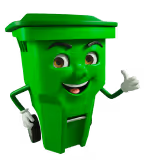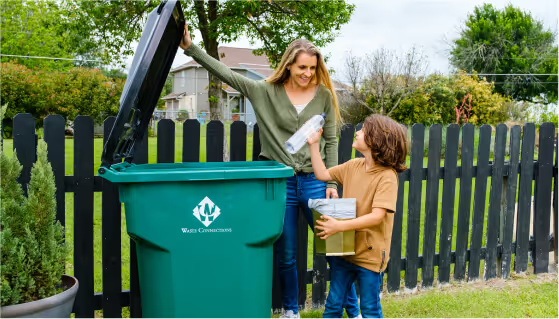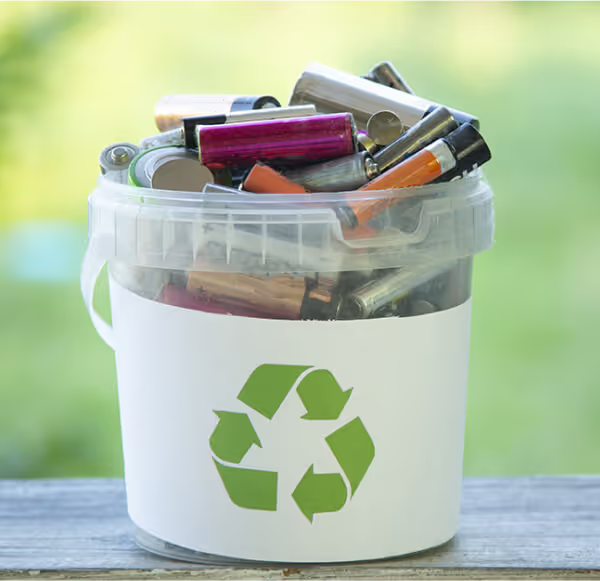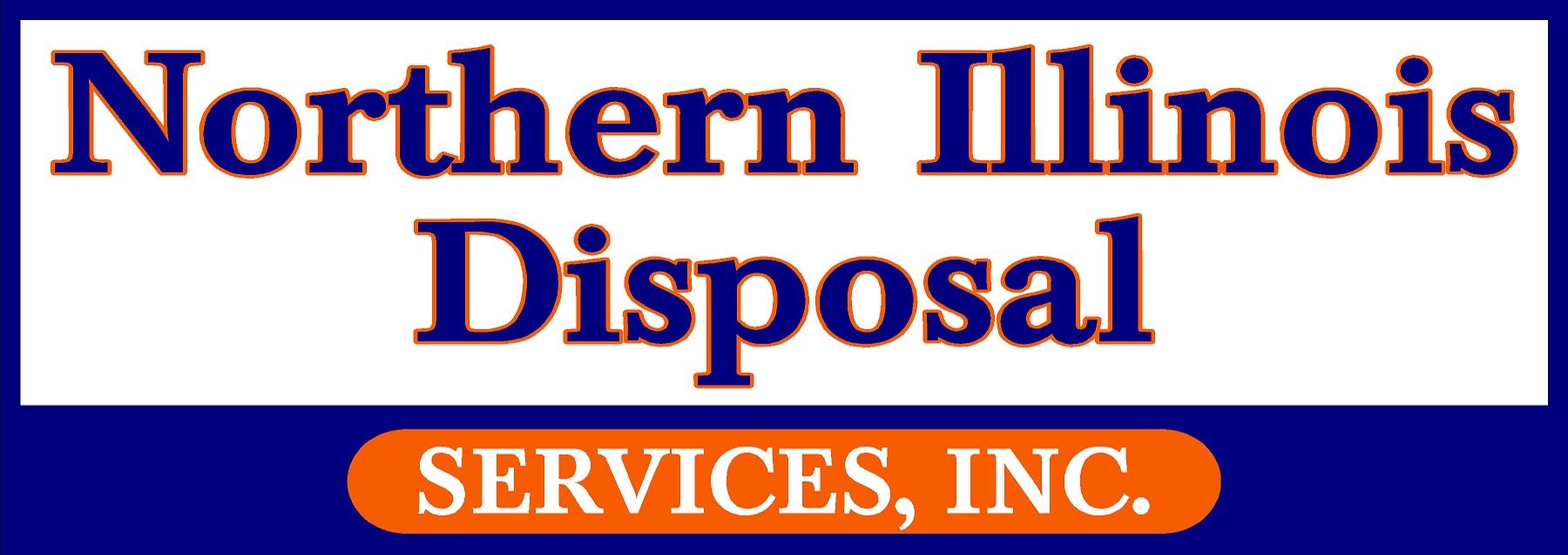
Recycling Guide
At Northern Illinois, we’re committed to responsible recycling. Our guide helps residents and businesses understand the best practices for sorting materials, reducing contamination, and ensuring recyclables are processed properly.

What Goes in the Recycling Bin?
To ensure efficient recycling, please follow these material guidelines:
Acceptable Items
Accepted Materials
Paper and Other Fibers
- Newspapers
- Magazines
- Envelopes
- White/colored copy paper
- Wrapping paper
- Computer paper
- Glossy paper
- File folders
- Telephone books
- Paper bags
- Cereal boxes
- Cake mix boxes
- Paper back books
- Cardboard
- * Staples are acceptable
Tin & Aluminium Cans
- Pop cans
- Soup cans
- Coffe cans
- Cans should be empty
- Labels can be left on
Plastic Containers Market #1-#17 (excluding #6)
- Pop bottles
- Water bottles
- Cooking oil bottles
- Peanut butter jars (lids included)
- Milk & juice jugs
- Margarine/butter tubs
- Yogurt cups
- Ketchup bottles
- Household cleaners & coffee creamers
Please be sure to keep lids secure on these containers. Labels can also be left on.
Glass Bottles & Jars
- Both clear & colored glass containers
- This includes metal lids on these containers
- Containers should be empty
- Labels can be left on
Helpful Tip: Extra bins are available for purchase in some areas. Contact us for details!
Unacceptable Items
Not Accepted Materials
Paper and Other Fibers
- No self-stick labels
- Gum/candy wrappers
- Tissue paper
- Waxed paper
- Paper cups
- Paper towels
- Shredded paper
- Used paper plates
- Pizza boxes
- No fiber soiled with food waste
Tin & Aluminium Cans
- No aerosol cans
- No aluminium foil
Plastic Containers Market #1-#17 (excluding #6)
- No Styrofoam
- Packing peanuts
- Carry-out containers
- CD/DVD cases
- Plastic silverware
- Film plastics
- Plastic bags
- Saran wrap
- Shrink wrap
- Bubble wrap
- Solo cups
- No prescription bottles
Glass, Bottles & Jars
- Not flat glass
- Light bulbs
- Flatware
- Ceramics
- Pyrex
How Does Recycling Work?
We collect full recycle dumpsters at curbsides, multi-family dwellings, or businesses. At recycling facilities (MRFs), materials are sorted, cleaned, compressed, and prepared for sale to end markets.

Clean every item
Clean items are crucial to avoid contamination during transportation.

Waste Collection
When recycle dumpsters are full, they are then collected by us at a curbside, multi-family dwelling, or business.
.avif)
Recycling facility (MRF)
Materials are sorted and organized by material types, then inspected for final quality control clean-up before being baled (compressed) together and staged for sale to end markets.
Incorrect Battery Disposal Can Cause Fires
Common household items seem harmless, however, the batteries in them pose risks when disposed into regular garbage or recycling containers because of their highly flammable nature.

Remove the batteries
Check the electronic devices you need to dispose of. If possible, remove the batteries. If not, bring the whole device to the drop off location.
Store batteries in a safe place
Store batteries in non-metallic containers (plastic, cardboard, or glass) that do not conduct electricity if there is a spark.
Find your local drop off
Find a local electronic disposal store, or find a drop off location near you.

